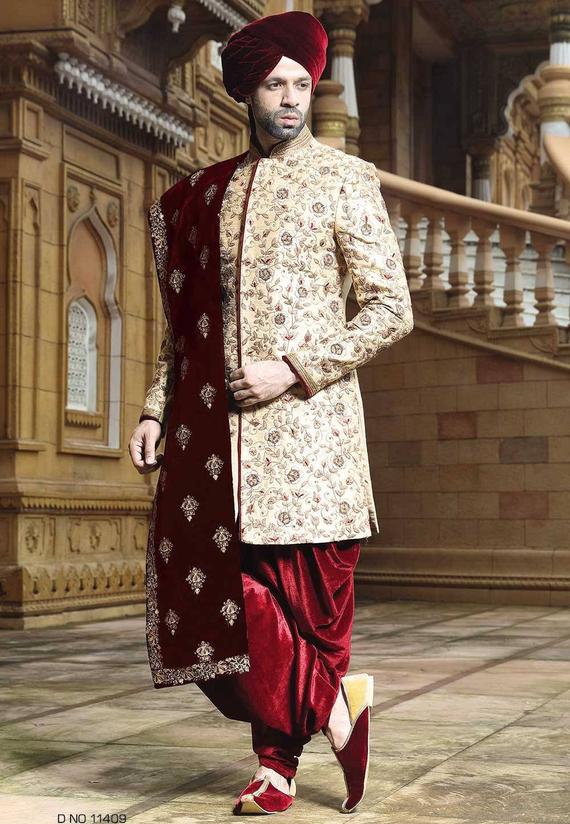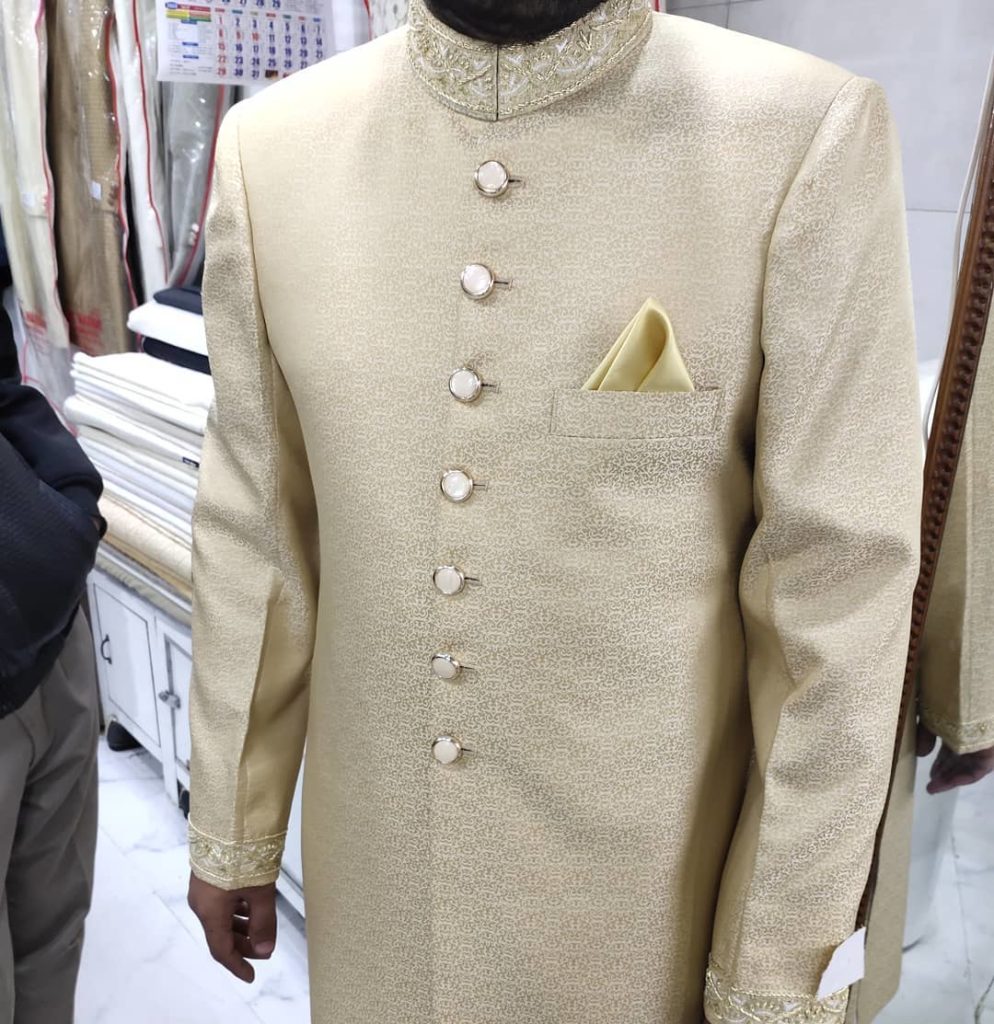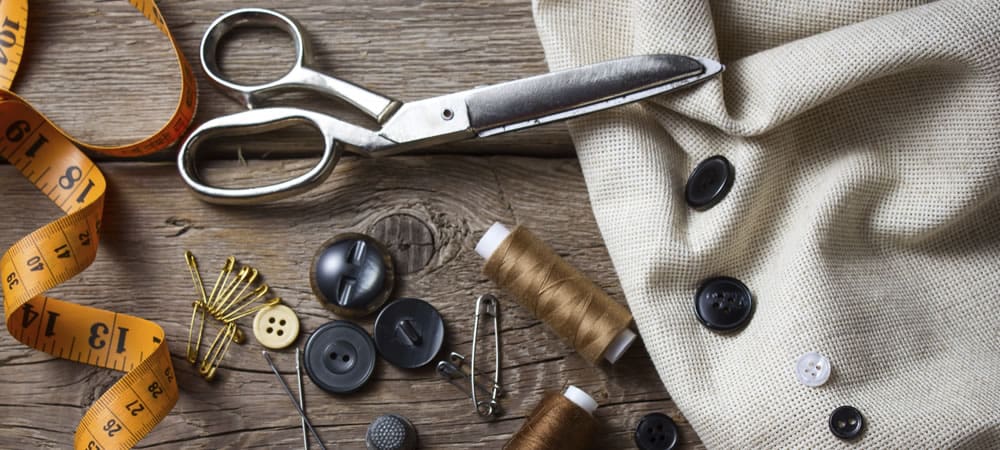A tailor is a person who makes or alters clothing, particularly in men’s clothing. The Oxford English Dictionary dates the term to the thirteenth century. Despite the fact that humans have been making clothes from the beginning of time, there is evidence of tailor shops and tailoring equipment including shears and irons in Ancient Greece and Rome.
Tailoring has been a craft since the early Middle Ages. Some of the first tailors were also linen armourers, making padded, bespoke linen clothing to be worn beneath chain mail to shield the user from the chafing caused by heavy armour.
Tailoring has been a craft since the early Middle Ages. Some of the first tailors were also linen armourers, making padded, bespoke linen clothing to be worn beneath chain mail to shield the user from the chafing caused by heavy armour.
Its root is the verb to cut in French, “taller.” The word “tailor” in Latin refers to a person who mending and patching clothing. The earliest tailors constructed armour for a living throughout the Middle Ages, which is when the craft initially gained popularity.

During the middle ages throughout Europe, lots of small associations emerged and thus the tailoring took up the shape of a complete industry that later on formalized and taken on record. The small associations joined hands and formed a tailoring guild and a system of masters, journeymen, and apprentices was established by tailors’ guilds. Guild members created rules to control competition and set criteria for quality. In 1244 AD the tailor’s guild developed regulations that governed their trade and mandated guild membership for anybody practicing tailoring.
The industry started to move away from small-scale and specialized manufacture during the 18th century. This led to a hierarchy of expertise, with those who cut the cloth holding the most prominent position. The “cutters” were placed above the “mere sewers”.
People who took up piecework in their own homes were not treated with the same respect as those who worked in a master’s studio. By the turn of the century, one person might concentrate exclusively on collars and sleeves as tasks became increasingly specialized.
Over time the tailoring various tailoring styles developed, but here we will talk about the three main categories of tailoring:
Made-to-measure: More or less ready to wear, may need a slight modification depending upon the specific body types, usually the semi stitched ladies suits these days falls in this category
Bespoke: The phrase “bespoke” or “custom tailoring” refers to clothing that is manufactured specifically for a given customer. Bespoke tailoring indicates that these products are already “spoken for” as opposed to being created based on conjecture.
Ready-to-wear: these are standard garments, does not require any refitting or no further modification is usually possible as the selling point is away from the manufacturing point and most of the times the seller doesn’t even know the maker as the garment is travelling through many hands before it reaches the end customer.
Bespoke tailors draw a unique paper pattern by hand. Made to Measure tailors use an existing pattern and make some basic modifications to it. However, it’s more complicated than that. Bespoke tailors take 25-30 of your body measurements to create your pattern.

Every bespoke tailor has a certain “house cut” or “house style” that they believe a suit should fit according to. For instance, Italian tailors tend to cut closer to the body while Savile Row tailors typically cut with bigger allowances. There are additional fittings at various phases of the process because a customer won’t know the “house cut” until he comes in for the initial fitting.
Before the buyer approves the partially finished garment, bespoke tailors frequently schedule anywhere from 3 to 5 fittings.
Its good to choose a tailor whose work you have already seen in photographs or on other people to reduce the need for additional fittings.
Overall, bespoke clothing will always fit better than made-to-measure clothing. As bespoke tailoring takes into account many additional factors, such as shoulder angles, sleeve angles, posture, shoulder breadth, and so much more, that significantly affect how well the suit fits.
Bespoke tailors normally offer 3000-5000 fabric choices with endless customization possibilities on styles, buttons, linings and internal construction.
We at Mehdi Hasan Tailor, in Aligarh are helping you get your perfect it for the last 75 years, we always take your measurements using an existing pattern, but unlike a standard made-to-measure service, we will alter 60 parameters for the Sherwani or Coat cut, resulting in clothing that follows every angle of your body and takes your preferences into account. On the cut, we provide customized outcomes.
Since we use elements of both made-to-measure and bespoke suits, we don’t distinguish between the two. You are always at the centre of our tailoring world, therefore we give you countless design options to suit your personality.
Schedule a consultation to look through thousands of fabrics and ask questions.
No commitment to make a purchase in case you are visiting Aligarh , do make a visit to our shop infront of Head Post Office on Anupshahar Road.
Don’t forget to ask for Mr. Anwar Mehdi to get your best fit and also a good discount on your purchase.


Hi, this is a comment.
To get started with moderating, editing, and deleting comments, please visit the Comments screen in the dashboard.
Commenter avatars come from Gravatar.